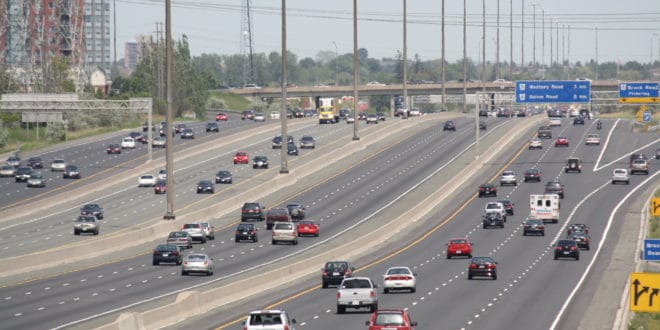The Startups Club is now the partner of Startup BRICS to build bridges between French and Indian startup ecosystems.
I had a dinner with Vivek and Salma who came from Bangalore to Chennai to select the startups applicants for the DemoDay, the 9th of august where I will be have the honour to be speaker and jury. I explained the BlaBlaCar »s challenges to Vivek and I have asked Vivek to tell me his analysis about the BlaBlaCar’s arrival in India. Please find hereafter his reply. An exclusivity for Startups BRICS readers
Vivek : Blablacar is a French startup that recently scored a USD 100 Million in funding to expand beyond Europe. One of the countries that the company is considering entering is India. India is a large market and has a huge number of cars on its roads. Blablacar is a company that allows for car-pooled rides over long distances (100 Kms to 500 Kms). Let us say I am driving down from Bangalore to Mangalore alone, I could put out an invite asking others who might like to join me at a cost. I get to subsidise my ride and those who are looking to travel, would be able to hitch a ride. The ride might cost as much as the bus but would be more comfortable and faster.
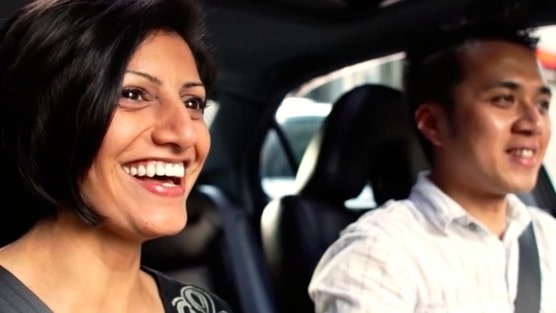
The idea seems very slick at the outset but deploying it in India is nevertheless going to be fraught with challenges and the need to overcome certain fundamental issues.
It is easy to assume that a company of this nature would find a huge market in India, since India had about 21 Million cars on road as on 31st March 2012. We can easily add another 12 -15% to arrive at the current figure. With so many cars, there are bound to be people who are not driving their vehicles filled to capacity. Blablacars offers an interesting way to monetise these empty seats while at the same time doing a little, in terms of helping the environment and reducing fuel burn.
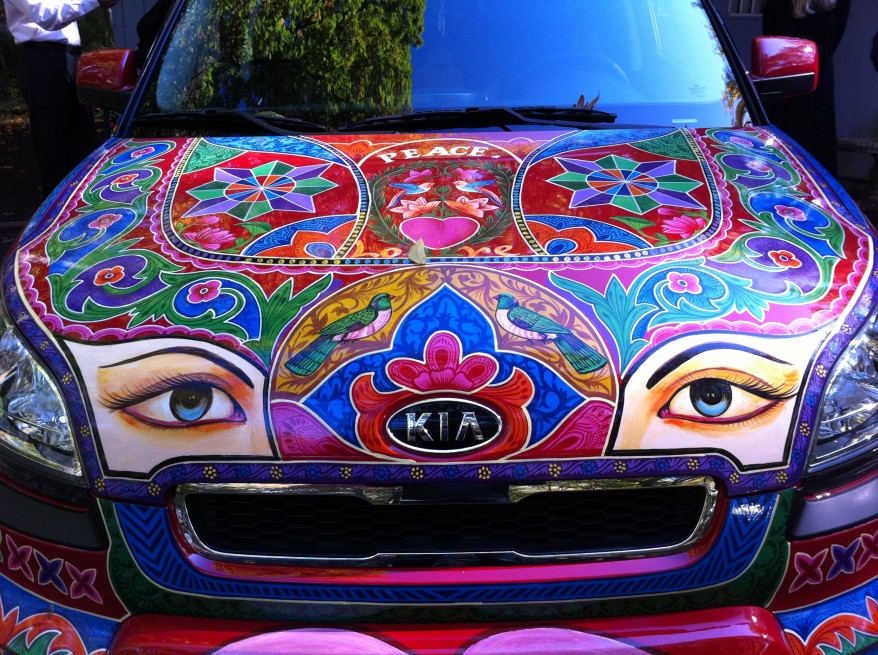
Coming from Europe, you might be very tempted to say; “Yes, but you cannot undertake a long distance travel in a two-wheeler”. True that, you cannot.
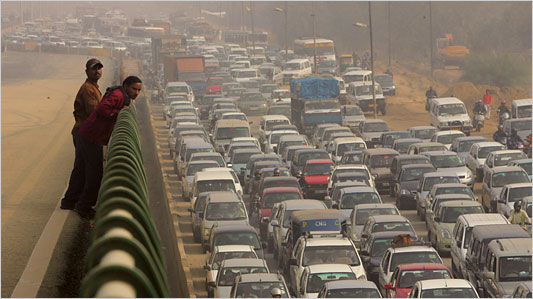
But…India is not a country of highway loving people. Highways are seen as unsafe and it is assumed that you need some kind of training (which only taxi drivers have) to be able to drive on the highway. Yes we might travel on the highway once in a while, but we won’t put our own cars on the highway and much less drive them there. Highways are fundamentally badly built (barring a few segments/routes) and considered rather unsafe. Unlike in Europe not a lot of people take to the roads during vacations, and even if they do, they hire a cab. Most of them prefer bus and train.
Watch this Canadian driver get a load of Indian road. : https://www.youtube.com/watch?v=F_IiU2OEJoE
There are certain segments which tend to travel by road. But the only reason for doing that is for the purpose of flexibility. When you travel by road by yourself, you get to stop where you like, take the trip at your pace, fast/slow as you may like and also the trip can be more impromptu. Most importantly, you need not follow somebody else’s time table.
There are four segments of people who take to the highway:
- Business people who want the flexibility.
- Students who do it for the thrill of a road trip. (18 to 25 years of age)
- Vacationers who are used to driving on road. (Very small segment)
- People who work in a city very close to their native place. (Bangalore to Chitradurga over the weekend)
When you look at it like this, the market shrinks very rapidly. It not all bad!
If Blablacar has to successfully enter India, it has to do it very strategically with focus on very targeted segments instead of going to the entire market. You would start by making a list of highways that are most well suited for drives. Highways which have some of the best roads in India and get frequented often, such as Delhi-Agra, Delhi-Chandigarh, Bangalore-Chennai, Mumbai-Goa, etc. These highways are a pleasure to drive and increasing numbers of people are beginning to use these roads. Focusing on these markets help define the segment that you most wish to cater to and also increases the possibility of closing greater number of transaction.
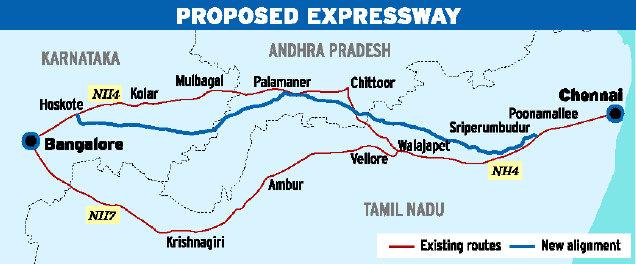
Like buses, in India there are a large number of taxis which serve a certain route. You would mostly find these taxis parked near Interstate bus terminals (ISBTs). When I used to study in Agra, I would often take these taxis, which were often Tata Sumos which would load up 9 others and drive from Delhi to Agra. They were invariably quicker than the buses would not stop as often and cost slightly more than the bus.This segment is completely disorganised, it would take someone with a keen eye and with experience to even spot these guys outside bus stops. Blablacars can do for them; what Redbus was able to do for bus operators.
Over the years, roads have been improving in India and that will continue and probably convince more Indians to take to the roads. At such a time, Blablacar might be well poised to take advantage of the growing market. 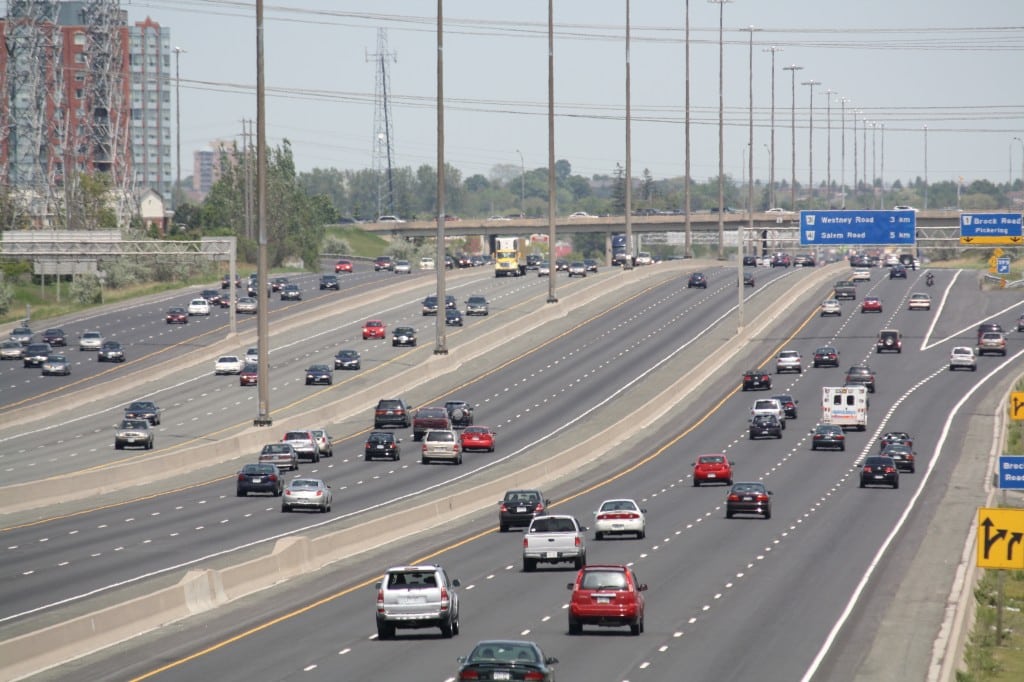
I drive a lot on the highway. So during my recent trips I have been noticing another things. I have finding the many individuals who rent a car from Zoom and driving by themselves on the highway. The simplest explanation for this is since they charge by the day, it works out cheaper to rent the car and drive it by yourself rather than to take cab. Since this segment of crowd would be cost conscious and by default are not using owned cars, would be much more willing to share their ride to drink the cost down further. Should be a sweet market for Blablacar.
 StartupBRICS Le Blog "Tank" des startups et de l'innovation dans les pays émergents
StartupBRICS Le Blog "Tank" des startups et de l'innovation dans les pays émergents 